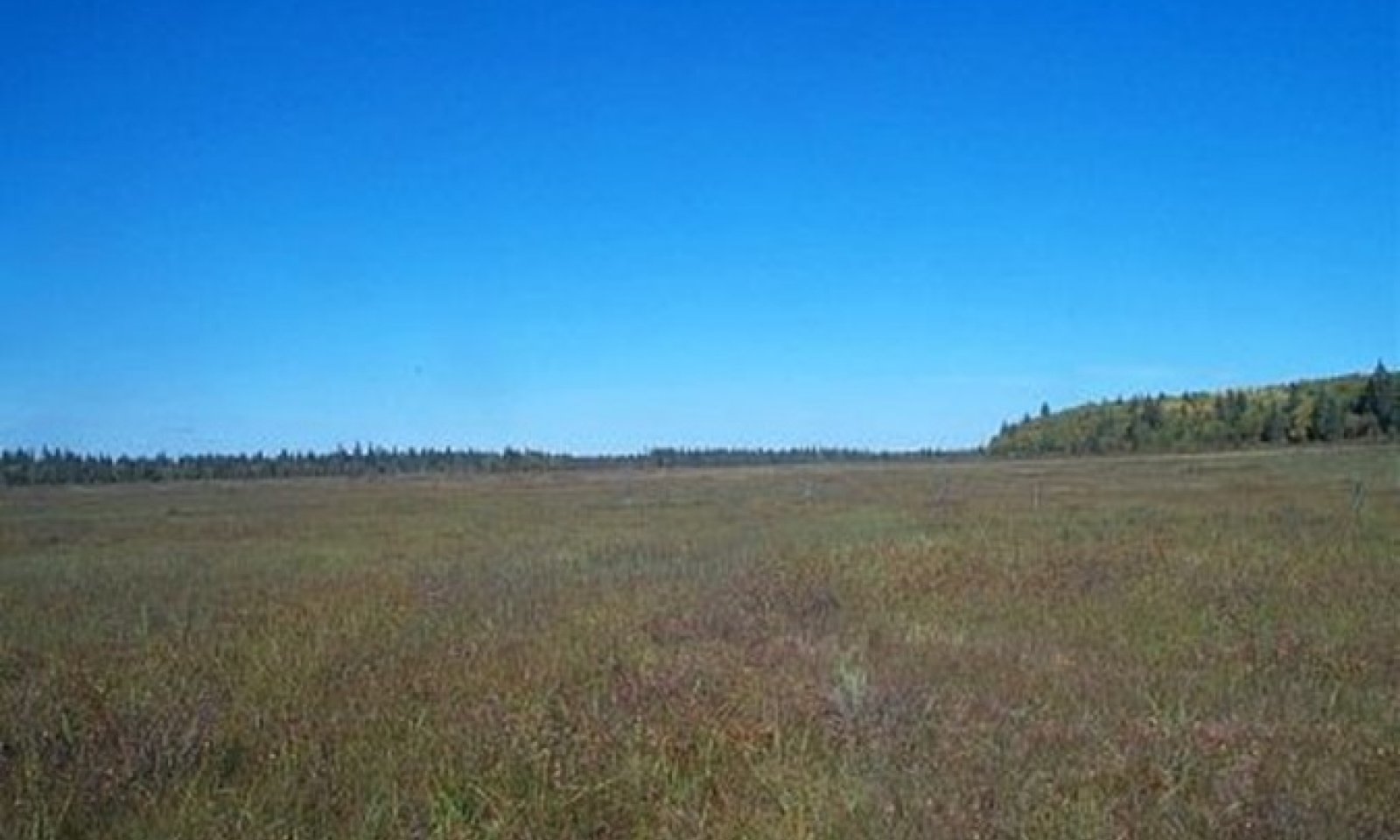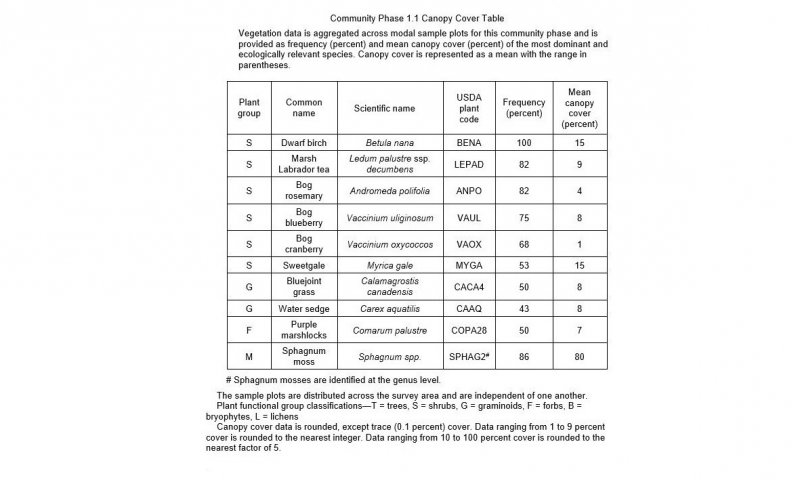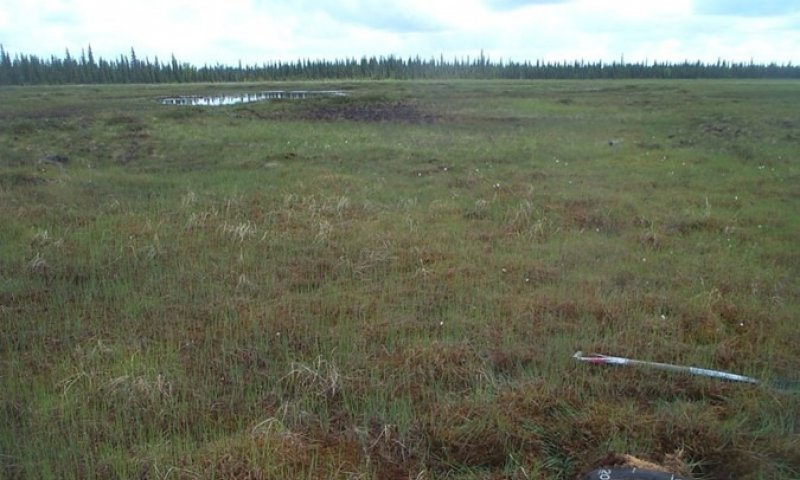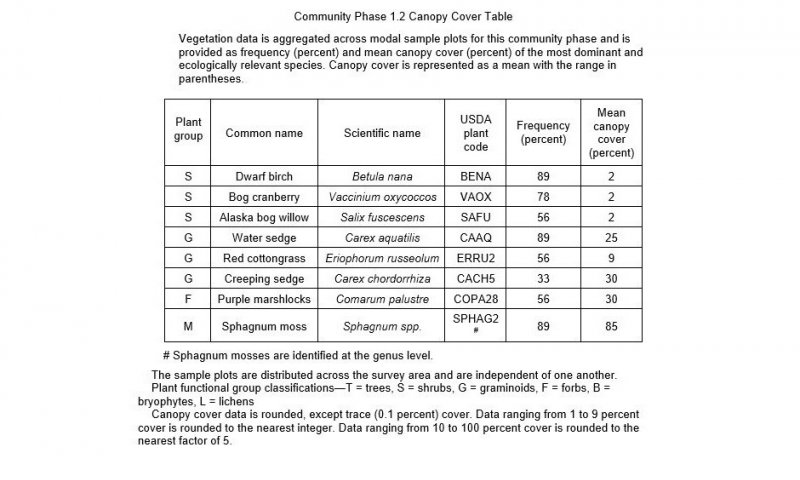

Natural Resources
Conservation Service
Ecological site R236XY144AK
Subarctic Scrub Peat Terraces
Last updated: 2/13/2024
Accessed: 12/07/2025
General information
Provisional. A provisional ecological site description has undergone quality control and quality assurance review. It contains a working state and transition model and enough information to identify the ecological site.
MLRA notes
Major Land Resource Area (MLRA): 236X–Bristol Bay-Northern Alaska Peninsula Lowlands
The Bristol Bay-Northern Alaska Peninsula Lowland Major Land Resource Area (MLRA 236) is located in Western Alaska. This MLRA covers approximately 19,500 square miles and is defined by an expanse of nearly level to rolling lowlands, uplands and low to moderate hills bordered by long, mountain footslopes. Major rivers include the Egegik, Mulchatna, Naknek, Nushagak, and Wood River. MLRA 236 is in the zone of discontinuous permafrost. It is primarily in areas with finer textured soils on terraces, rolling uplands and footslopes. This MLRA was glaciated during the early to middle Pleistocene. Moraine and glaciofluvial deposits cover around sixty percent of the MLRA. Alluvium and coastal deposits make up a large portion of the remaining area (Kautz et al., 2012; USDA, 2006).
Climate patterns across this MLRA shift as one moves away from the coast. A maritime climate is prominent along the coast, while continental weather, commonly associated with Interior Alaska, is more influential inland. Across the MLRA, summers are general short and warm while winters are long and cold. Mean annual precipitation is 13 to 50 inches, with increased precipitation at higher elevations and areas away from the coast. Mean annual temperatures is between 30 and 36 degrees F (USDA, 2006).
The Bristol Bay-Northern Alaska Peninsula MLRA is principally undeveloped wilderness. Federally managed land includes parts of the Katmai and Aniakchak National Parks, and the Alaska Peninsula, Becharof, Togiak and Alaska Maritime National Wildlife Refuges. The MLRA is sparsely populated. Principal communities include Dillingham, Naknek, and King Salmon. Commercial fishing in Bristol Bay and the Bering Sea comprises a major part of economic activity in the MLRA. Other land uses include subsistence activities (fishing, hunting, and gathering) and sport hunting and fishing (USDA, 2006).
Classification relationships
Alaska Vegetation Classification:
Open low scrubland (II.C.2 - level III) / Black spruce woodland (II.C.2.j - level IV)
(Viereck et al., 1992)
Ecological site concept
This ecological site is on wet flood plain terrace treads and associated depressions. Slopes are linear to concave with nearly level gradients (0 – 1 percent). Soils are wet with a water table present at the soil surface throughout the year. Soil hydrology, soil pH, and site topography shape the vegetation on this landform. Soils are very poorly drained and pond, due to slope concavity increasing water run in. Low soil acidity keeps nutrient availability low, further restricting plant life.
The reference state supports two communities. The reference plant community is characterized as an open low scrubland (Viereck et al., 1992). It is comprised of facultative to wetland shrub species, with hydrophytic forbs, graminoids, and Sphagnum moss throughout. The second community found here is a mesic graminoid herbaceous meadow that is most commonly associated with low spots in depression centers.
Associated sites
| F236XY176AK |
Boreal Woodland Loamy Flood Plains F236XY176AK describes forested flood plain talfs. The vegetation on that site is distinctly different from the facultative wet to obligate wetland species supported in R236XY144AK. |
|---|---|
| R236XY156AK |
Subarctic Ericaceous Scrub Loamy Terraces Both sites describe terrace treads. R236XY156AK is associated with moderately well drained soils that rarely pond. Aquic conditions are deep in the soil profile. The vegetation on that soil are less hydrophytic than that associated with the very poorly drained and frequently ponded soil on R236XY144AK. |
| R236XY173AK |
Subarctic Riparian Complex Loamy Flood Plains R236XY173AK describes occasionally flooded flood plains. These areas are usually lower in elevation and closer to the flood source than R236XY144AK. Differences in hydrology on these sites is noted in the vegetation. |
Similar sites
| R236XY156AK |
Subarctic Ericaceous Scrub Loamy Terraces Both are terrace tread sites. R236XY144AK is associated with wetter soils, which is reflected in the vegetation. Drier ecotonal areas may support more of the shrubs that define the reference plant community of R236XY156AK. |
|---|
Table 1. Dominant plant species
| Tree |
Not specified |
|---|---|
| Shrub |
(1) Betula nana |
| Herbaceous |
(1) Carex chordorrhiza |
Click on box and path labels to scroll to the respective text.
Ecosystem states
State 1 submodel, plant communities
| 1.1A | - | Increased hydrologic stresssors |
|---|---|---|
| 1.2A | - | Decreased hydrologic stressors |



